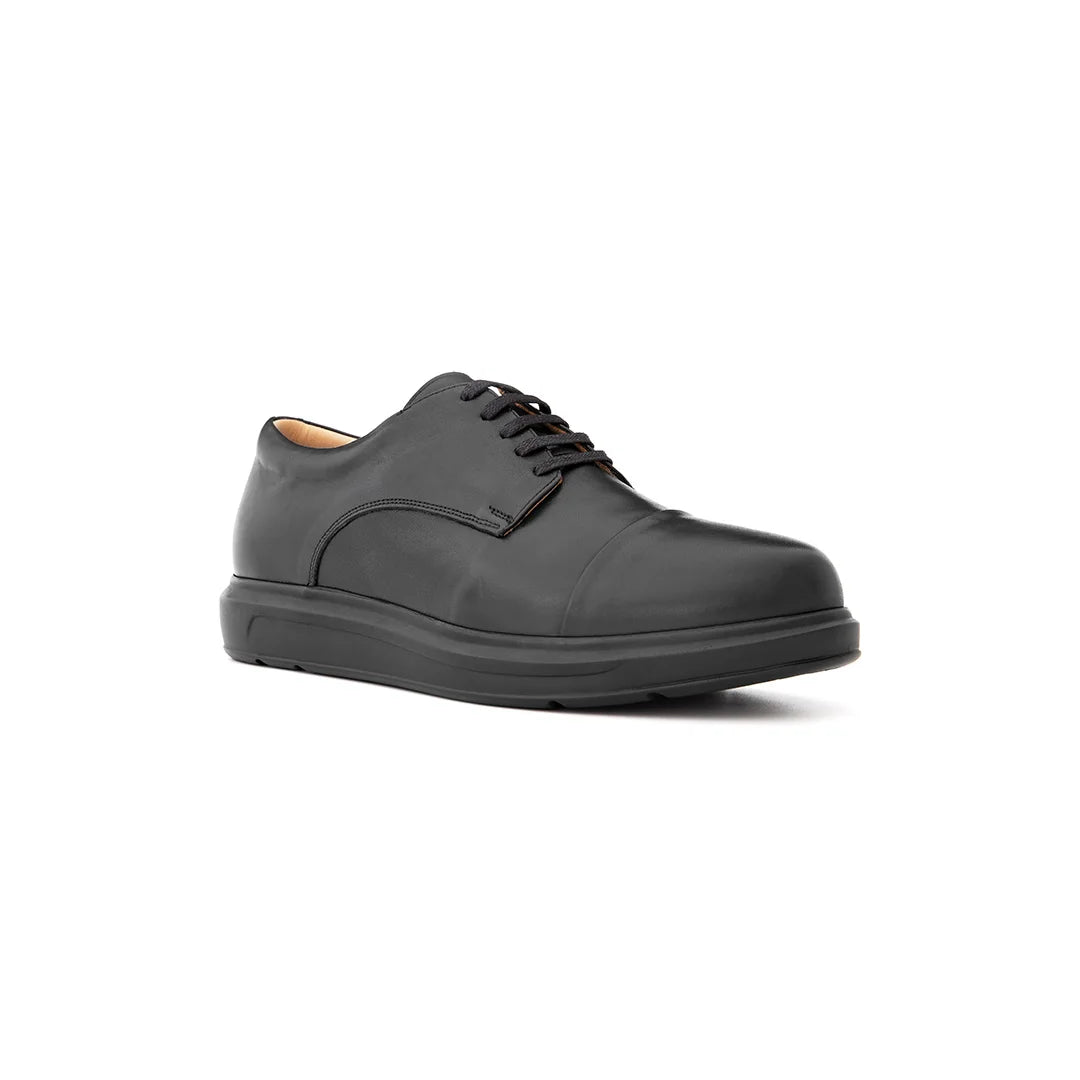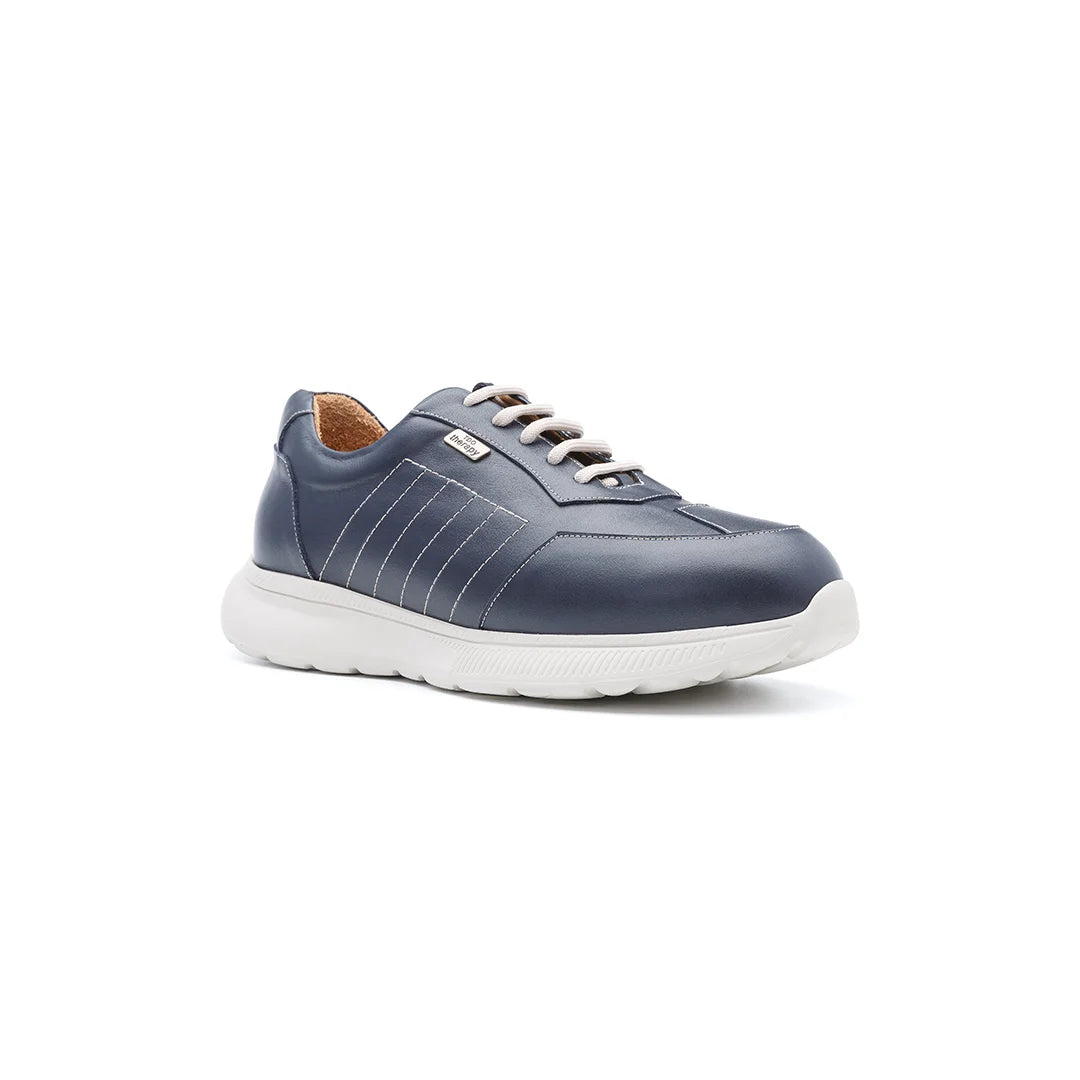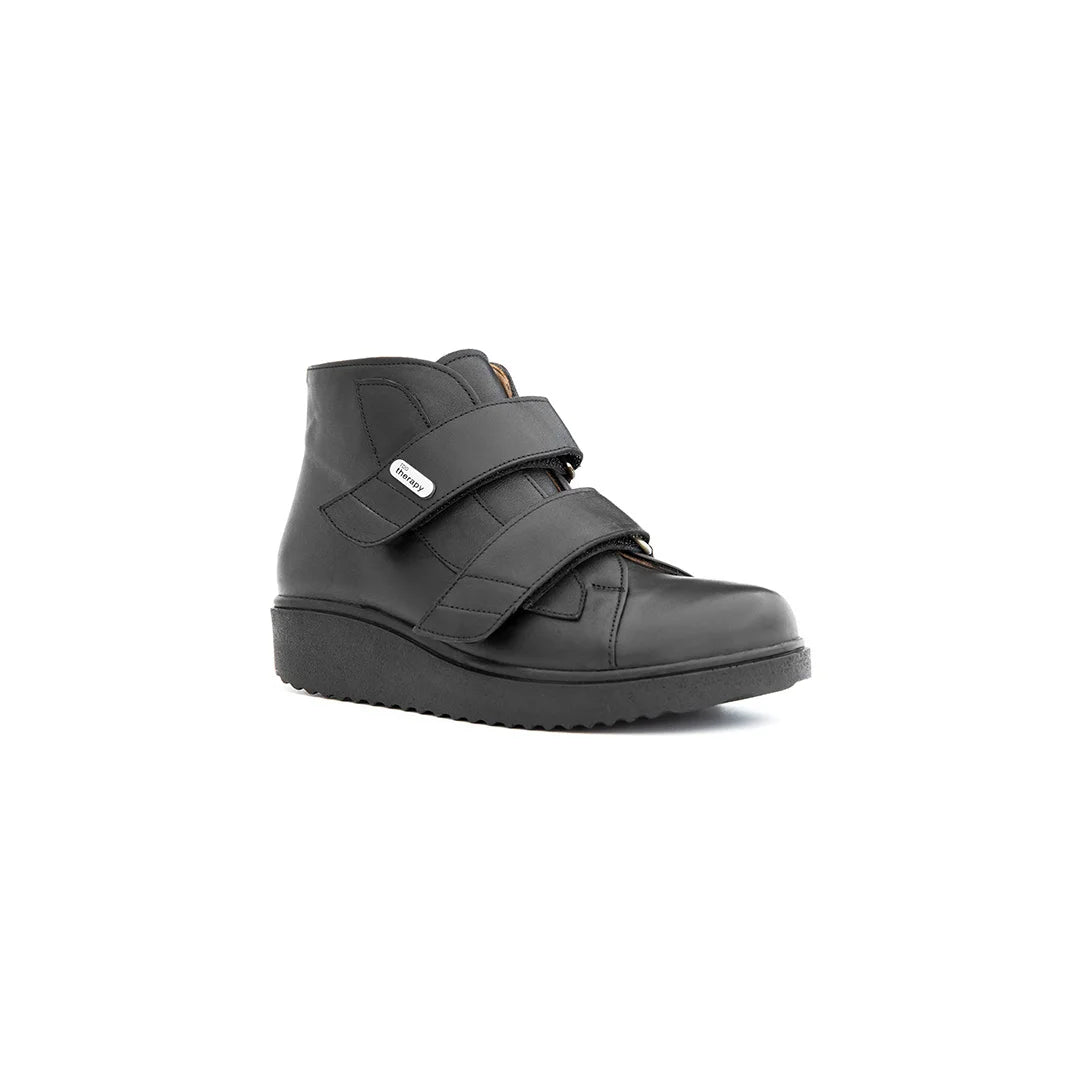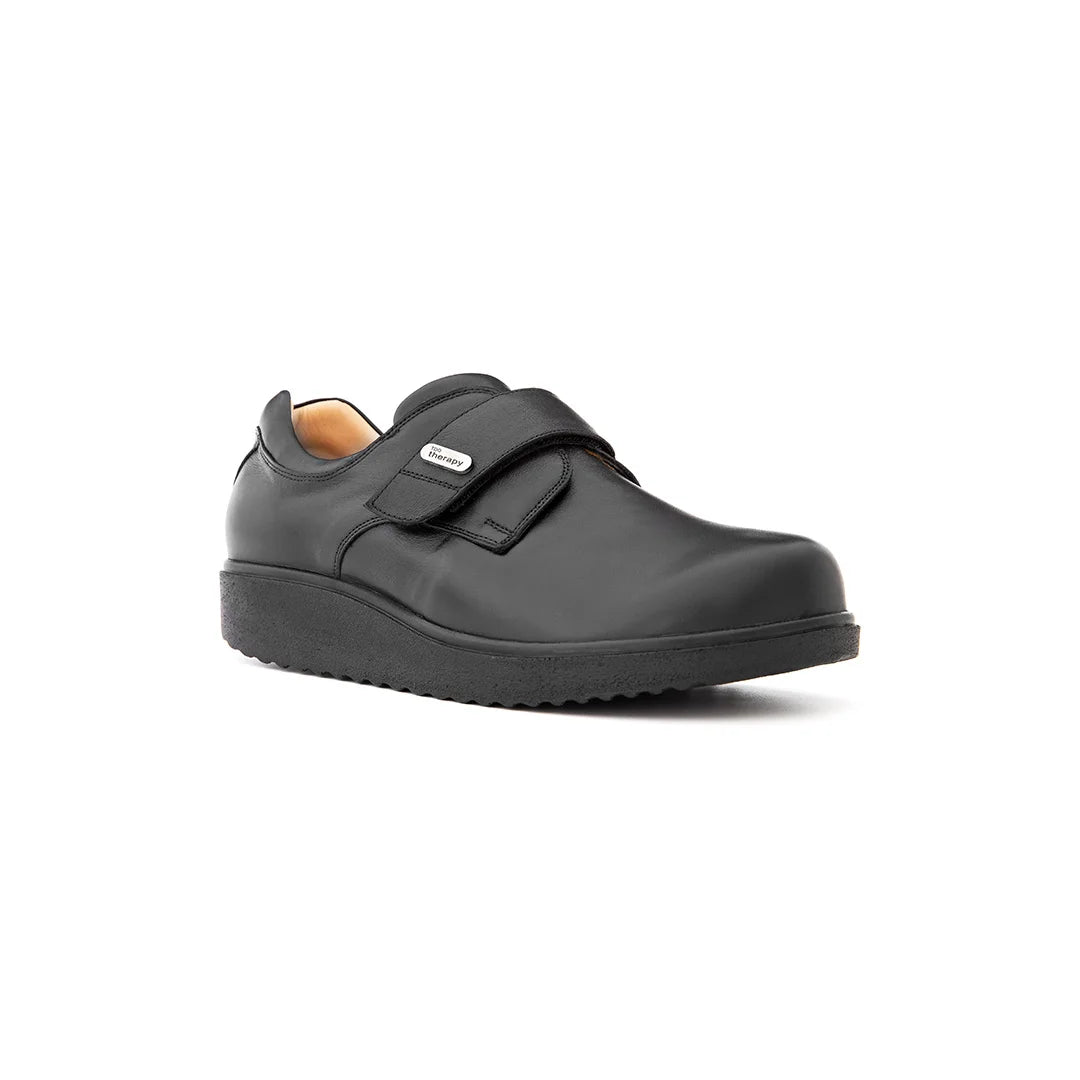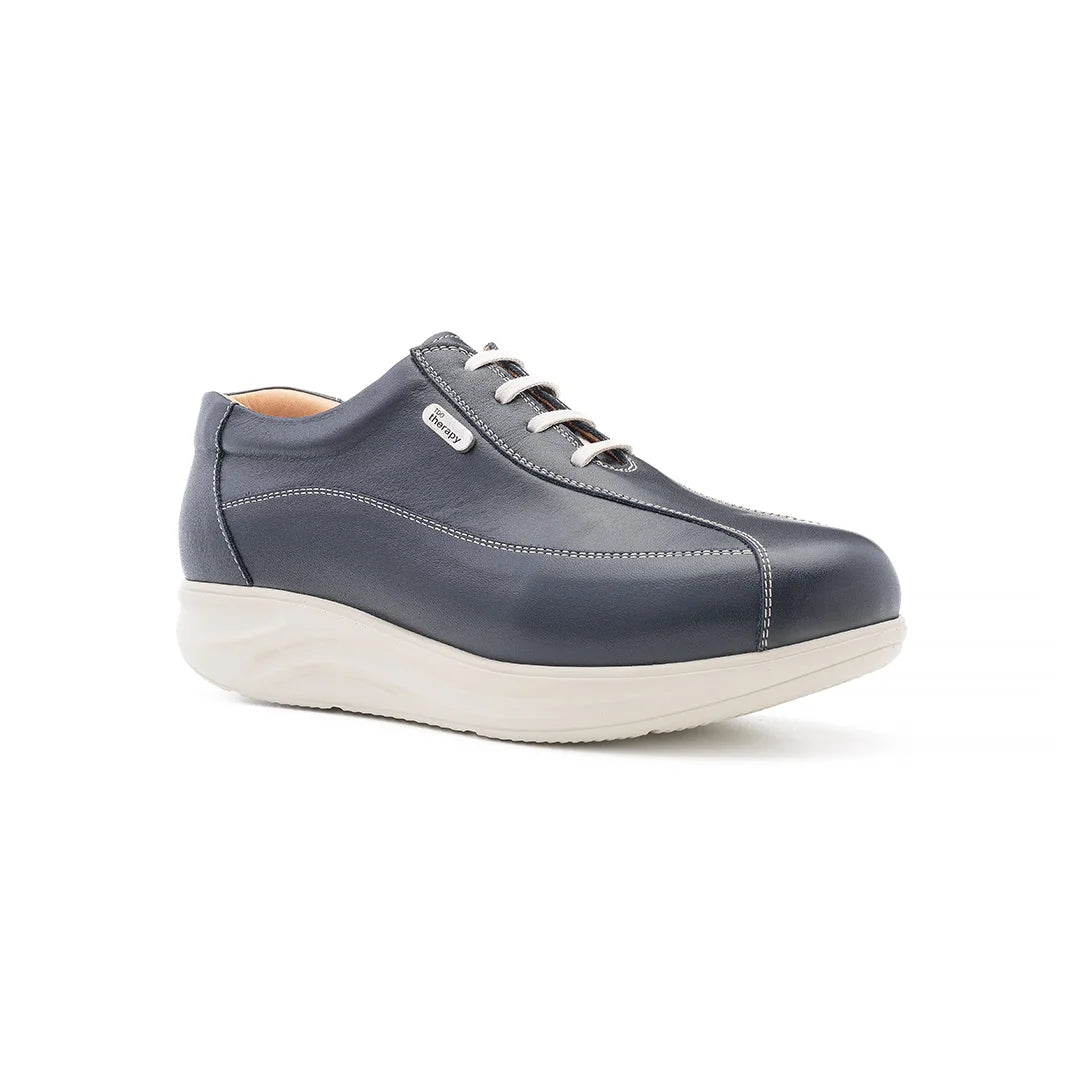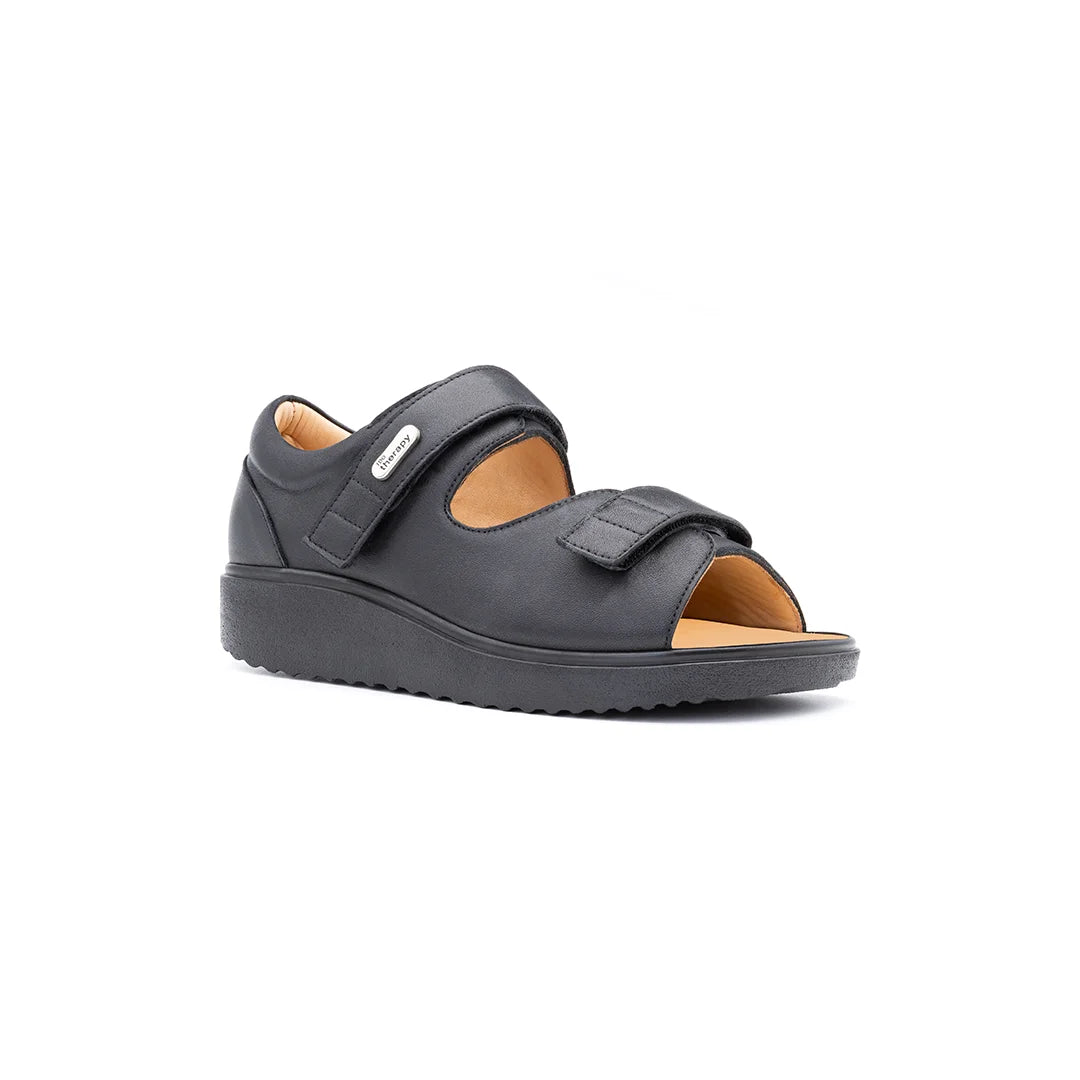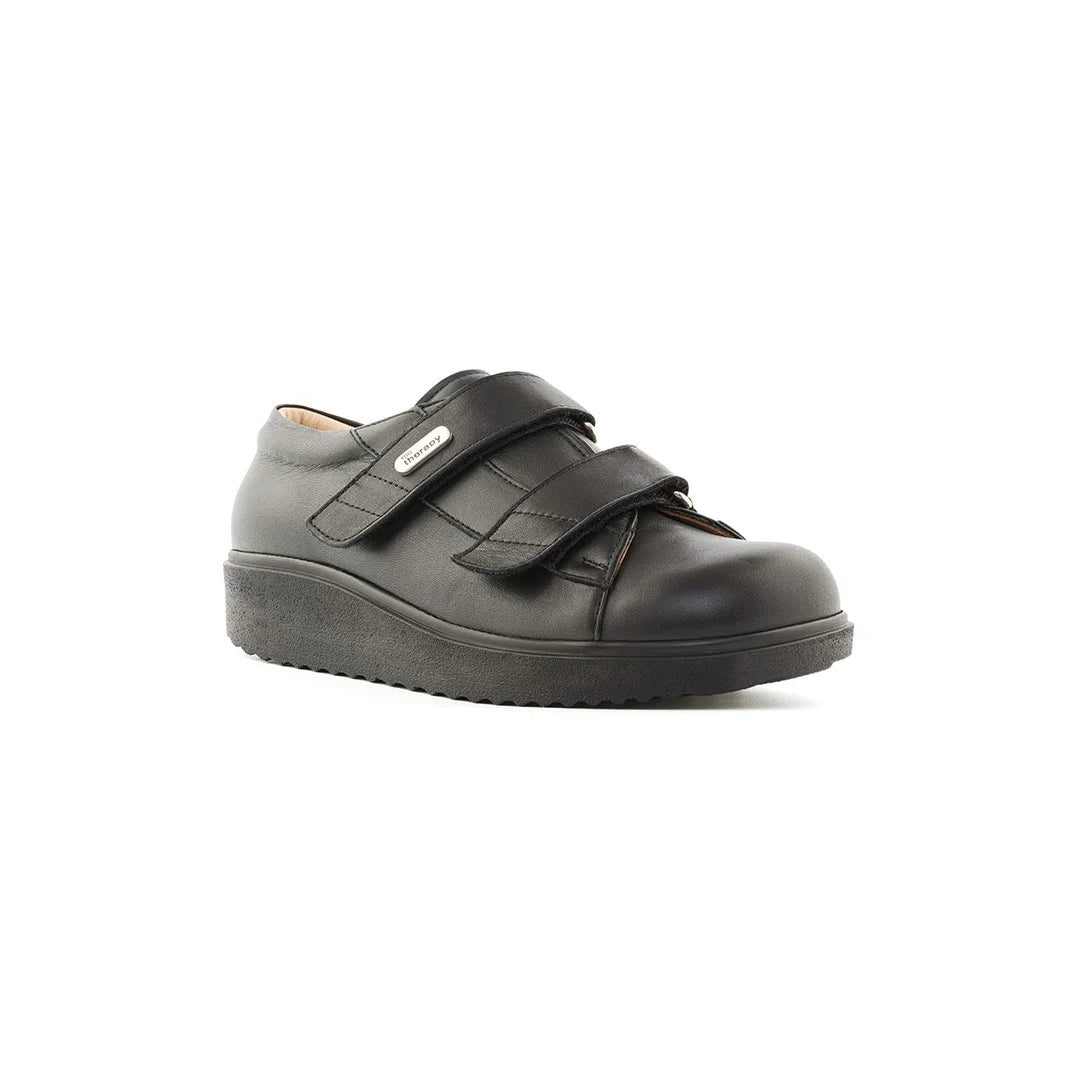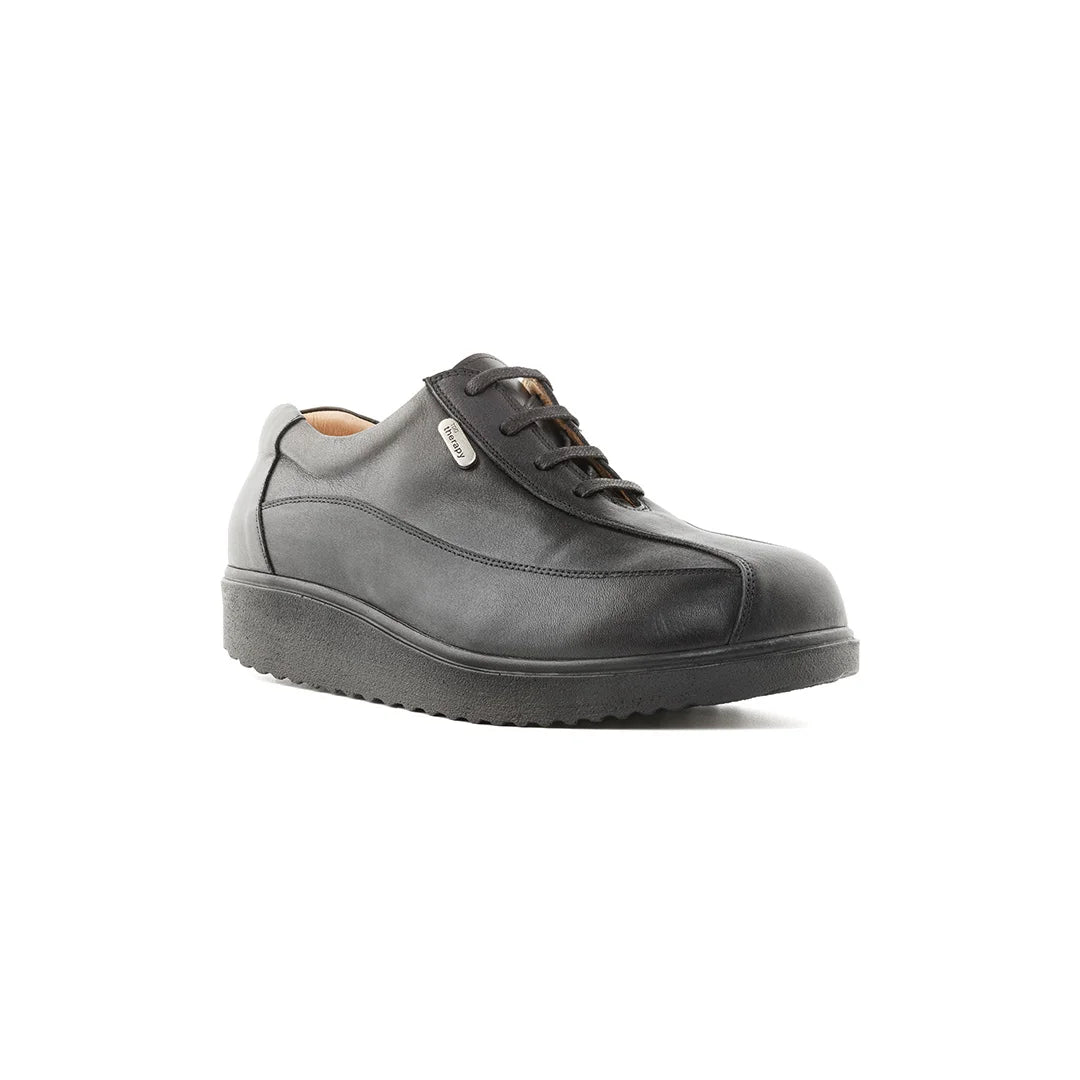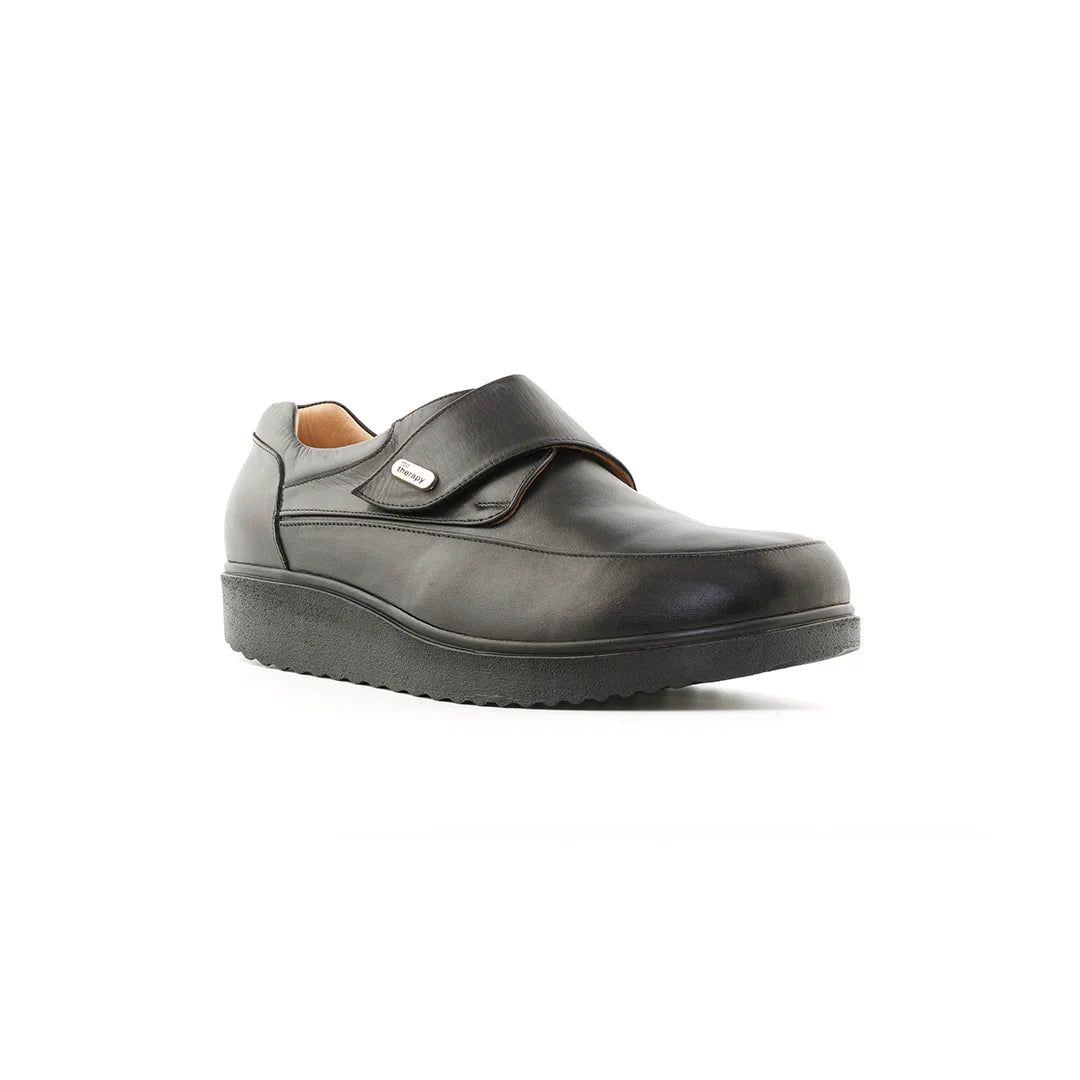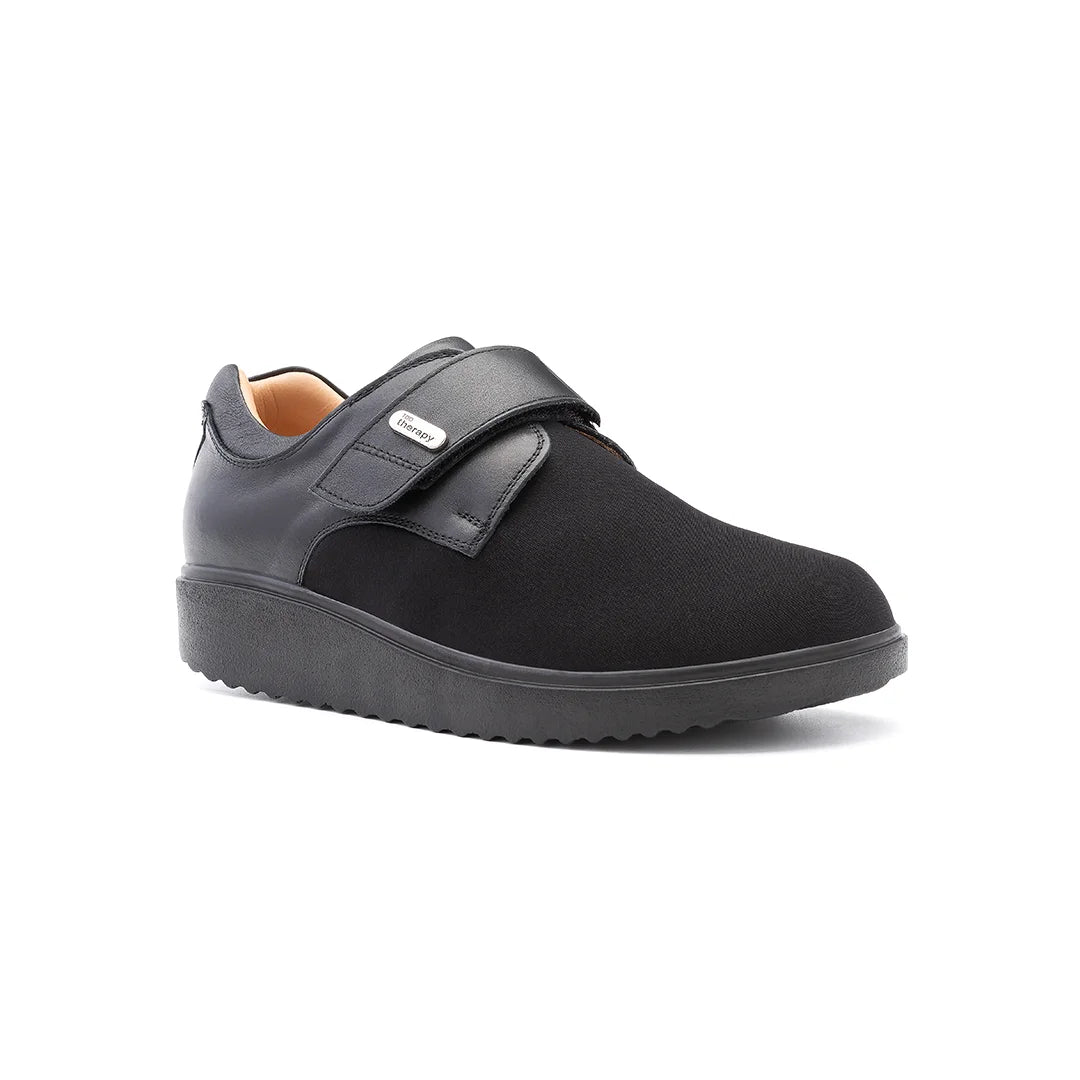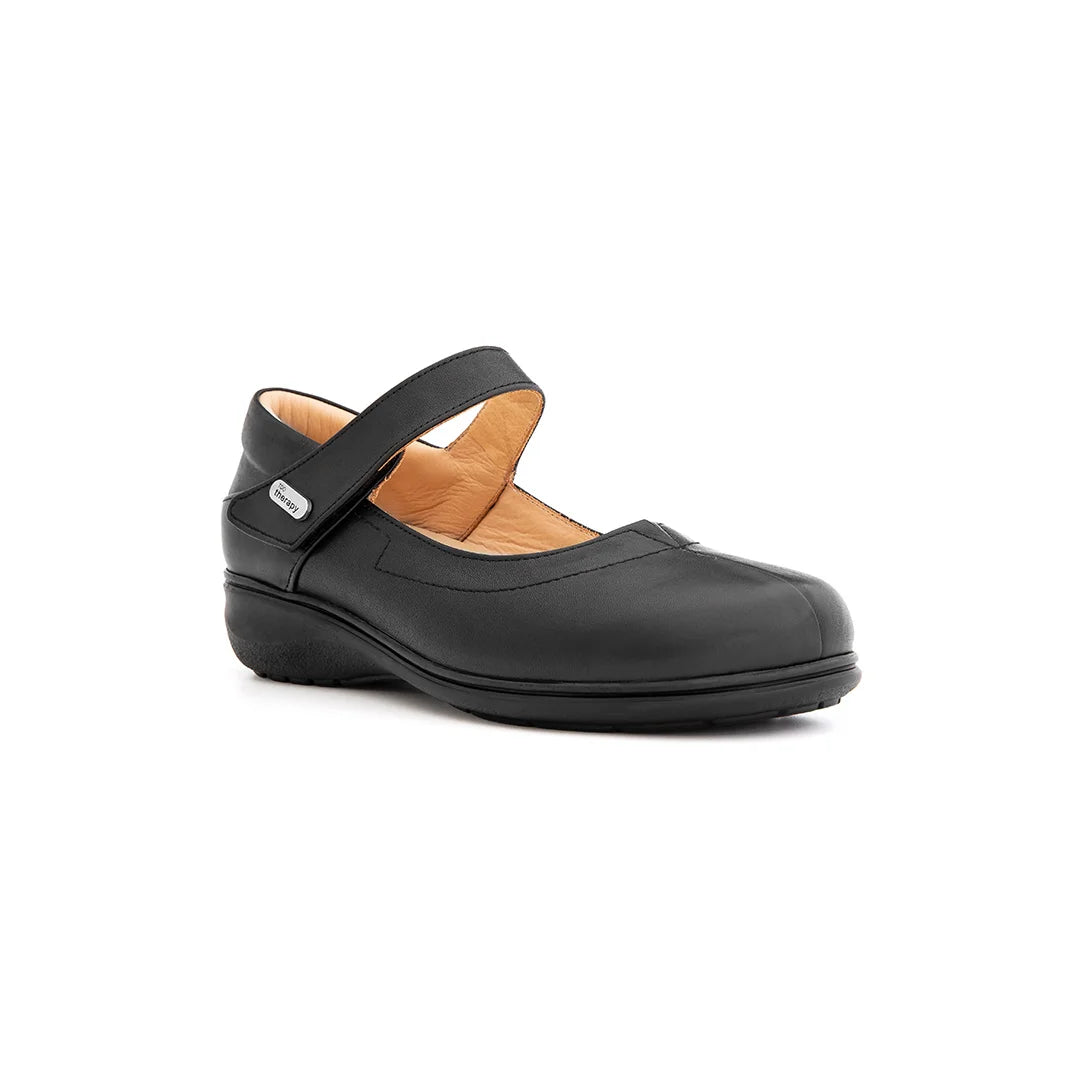When you first slip into a new pair of orthopedic shoes, the comfort can feel instant — but sometimes, it takes a little time for your feet and your footwear to truly sync. This period, known as the break-in phase, is completely normal and an important step in helping your shoes mould perfectly to your feet.
At TDO Therapy, our orthopedic shoes are handcrafted with soft natural leather, memory foam, and anatomically designed soles that adapt to your unique foot structure. Still, even the most supportive footwear benefits from a short adjustment period to ensure lasting comfort and the best possible fit.
Here’s how to make the process smooth, effective, and free from discomfort.
Why Orthopedic Shoes Need Breaking In
A Perfect Fit Takes Time
Orthopedic shoes are different from ordinary shoes — they’re built to support your foot’s natural structure and correct alignment issues. The materials, such as natural calf leather and high-density memory foam, are designed to contour over time.
Just like a tailor-made suit adjusts to your body, orthopedic shoes adapt to your gait and pressure points through wear. This process ensures that your feet are supported in the right places without tightness or friction.
What to Expect During the First Few Wears
During the first few days, you might notice:
-
Slight stiffness in the sole or upper leather
-
Pressure on the arch or heel area
-
Minimal rubbing in specific spots
These sensations usually fade as the materials soften and shape themselves to your feet. The key is to introduce your shoes gradually, giving your body time to adapt.
Step-by-Step Guide to Breaking in Orthopedic Shoes
1. Start with Short Wear Periods
Begin by wearing your new orthopedic shoes for 30 to 60 minutes at home each day. Gradually increase the time by an hour or two daily as your feet adjust.
This step allows your muscles, tendons, and skin to adapt to the new level of support without irritation or fatigue.
Pro tip: Wear them indoors first to protect the soles and test comfort levels in a safe environment.
2. Use the Right Socks
Soft, breathable socks act as a buffer while your shoes adjust to your feet. Avoid thick or synthetic materials that trap moisture — instead, choose cotton or bamboo socks to reduce friction and allow airflow.
For diabetic or sensitive feet, seamless socks can prevent irritation and hot spots during the break-in process.
3. Gently Flex the Shoes Before Wearing
Before slipping them on, hold your shoes in your hands and gently flex the sole forward and backward a few times. This helps loosen the midsole slightly and speeds up the softening of the leather.
TDO Therapy’s orthopedic shoes use rocker bottom soles that are designed to move with your foot, so this simple motion helps activate that natural rolling movement early on.
4. Pay Attention to Fit Adjustments
If your shoes have Velcro straps or adjustable fastenings, use them to fine-tune the fit as your feet swell or relax throughout the day.
It’s common for feet to expand slightly during warmer weather or after long standing periods. Adjustable designs help maintain a snug but flexible fit, preventing rubbing or pressure.
5. Massage and Moisturise Leather Areas
High-quality natural leather, like the one used in TDO Therapy shoes, softens beautifully over time. To help the process, you can gently massage the leather with your hands before wearing.
A small amount of leather conditioner (if desired) can also keep the upper supple and breathable, enhancing flexibility and comfort as you wear them more.
6. Alternate with Your Old Pair
During the first week, alternate between your new orthopedic shoes and your previous pair. This prevents over-fatigue as your body adjusts to new posture alignment and pressure distribution.
As your muscles adapt, you’ll start feeling the difference in stability, cushioning, and balance — signs that your orthopedic shoes are starting to fit perfectly.
7. Check for Pressure Points
After removing your shoes, inspect your feet for red marks or areas of tenderness. These typically indicate minor friction points that will ease with wear, but if they persist, you can use protective padding or moleskin on those areas temporarily.
TDO Therapy shoes are designed with seamless interiors, reducing the chance of friction — but for extremely sensitive skin or diabetic feet, it’s still a good idea to check regularly during the break-in period.
8. Keep Moving Naturally
Your orthopedic shoes are designed to support proper biomechanics. During the adjustment period, focus on walking normally — heel to toe — rather than adjusting your stride to the new shoes.
The rocker sole will naturally guide your gait and promote smoother movement. With consistent use, you’ll notice reduced foot strain and a more balanced posture.
Common Myths About Breaking in Orthopedic Shoes
“If they hurt, they’re the wrong size.”
Not always. Mild tightness or stiffness in new orthopedic shoes is normal as the materials mould to your foot. Persistent pain, however, is a sign that an adjustment or different width may be needed.
“Orthopedic shoes should feel soft from day one.”
Quality orthopedic shoes provide firm support — not spongy softness. That firmness is what gives long-term stability. Comfort builds progressively as your feet adapt.
“Breaking in takes weeks.”
Not true. With high-quality materials like TDO Therapy’s soft leather and memory foam, most wearers experience full comfort within 3 to 7 days of gradual use.
Tips for a Faster, Easier Adjustment
-
Wear them during gentle activities like walking indoors or running errands.
-
Avoid moisture exposure in the first few wears to allow the leather to adapt naturally.
-
Use shoe trees or crumpled paper to maintain shape when not in use.
-
Try on shoes later in the day when your feet are slightly swollen — ensuring a true fit.
-
Consult your orthotist or podiatrist if you experience persistent discomfort after two weeks.
Why TDO Therapy Shoes Make the Transition Easier
Every detail in a TDO Therapy orthopedic shoe is designed for quick adaptation and lasting comfort.
Handcrafted Natural Leather
Our shoes use 100% natural calf leather — soft, flexible, and breathable — which adapts to the contours of your feet with minimal stiffness.
Memory Foam Cushioning
The memory foam mid-layer conforms to your pressure points, providing instant comfort while gradually aligning your foot posture.
Seamless, Padded Interior
Eliminates friction and protects sensitive skin — essential for diabetic or orthopedic wearers.
Rocker Bottom Sole
Encourages a natural gait and reduces heel and forefoot pressure, easing adjustment for first-time orthopedic shoe users.
Adjustable Fit
Velcro closures and wide-fitting options allow easy fine-tuning as your feet adapt during the first few wears.
This thoughtful design ensures that your break-in period is short, smooth, and pain-free.
Frequently Asked Questions
How long does it take to break in orthopedic shoes?
Usually between 3 and 7 days of gradual wear. Some individuals may need up to two weeks depending on foot sensitivity and shoe material.
Should orthopedic shoes feel tight at first?
They should feel snug but not restrictive. Slight pressure is normal, but any sharp pain or persistent pinching means the size or width may need adjustment.
Can I speed up the break-in process?
Yes — wearing them daily for short periods, using flexible movements, and keeping the leather soft with gentle massage will speed adaptation.
What if I have diabetic or sensitive feet?
Start with shorter wear times (30–45 minutes) and inspect your skin daily. TDO Therapy shoes’ seamless interiors are ideal for reducing friction and irritation.
Final Thoughts
Breaking in your orthopedic shoes is more than just a formality — it’s a partnership between your feet and your footwear. With patience and proper care, you’ll soon experience the full benefits: perfect fit, improved posture, and pain-free comfort.
At TDO Therapy, our handcrafted orthopedic shoes are built for this journey. They’re designed to adjust naturally, support your movement, and become the most comfortable pair you’ve ever owned — step by step.
Because true comfort isn’t instant — it’s earned with every stride.




